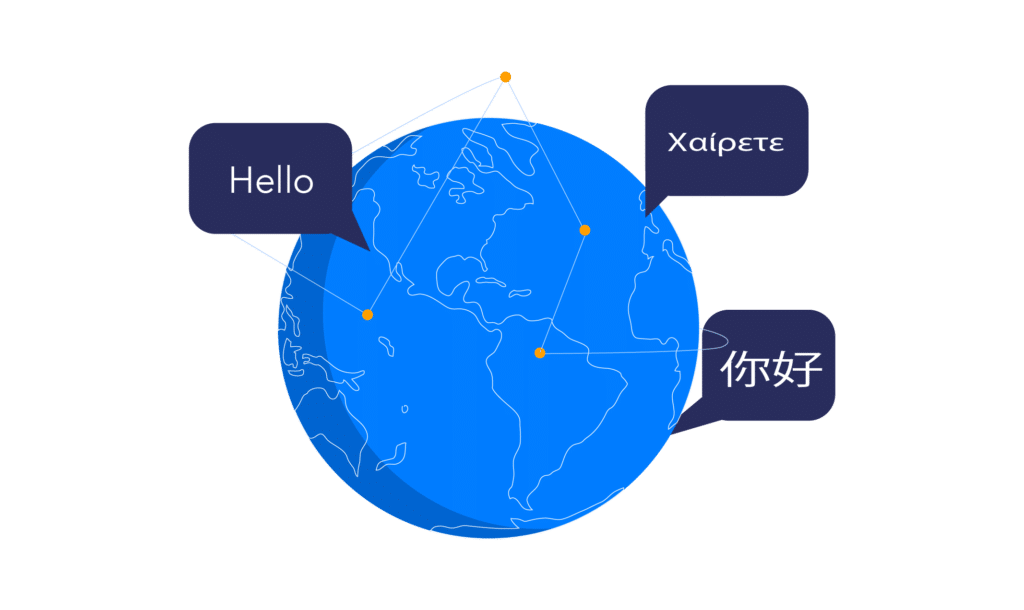As technology expands every day, so does the business world right behind it. More and more innovation is being required of businesses to stay relevant and successful. There are major aspects that businesses need to focus on, and they are increasing each day. Workforce changes across the globe are being led by employees and what they need.
Today, individuals have a greater demand for choice and flexibility. Real-time learning is also beneficial to keeping employees engaged and participating in changes throughout the workplace. They want the freedom to self-lead and desire autonomy. Lastly, they want to connect to their work in a meaningful way. Research from the ADP Research Institute supports these phenomena.
Understanding the viewpoints of employees can allow for a better plan for delivering what they need to create a successful, long-term relationship. This study provides a framework for a map of future changes in the workforce.
Machines vs. us.
First, employees do have real fears that machines will replace their jobs. They worry that computers can perform more strategically now and will take away opportunities for jobs. Although, they see workplace changes as positive. A large percentage believe that technology can create a bridge across time. It is a common fear with the advancements in technology that a machine may soon replace most of the manually-redundant jobs.

Region and dedication.
Second, the region determines willingness to these workplace changes. Asia Pacific, with a younger workforce, appears to embrace change, technology, and the future. Europeans worry that the constant changing of their innovation landscape will force them to have to learn new skills. Yet, as we’ve discussed, adaptability to constant role-changes means job-security.
Culture can also have a large effect on work dedication and motivation. While most Americans are dedicated to their job, it does seem to depend on whether or not they actually like the work they’re doing. If so, the ADP study found that many Americans will make the necessary sacrifices to perform their jobs to the best of their ability.
Job security.
Job security is highly sought after and employees define their job security by having beneficial relationships. They believe that they need to consistently keep jobs that will extend their work life. Some even believe that the retirement age will be obsolete in the future. With competition steadily rising in the workforce, job security means everything to new employees. They want to be ensured that they aren’t going to be undercut by the new employees that may replace them for a cheaper salary.
More than ever, employees want to trust that their employer will consider their skills valuable over the long-term. Unfortunately, the skill set lifespan is also decreasing. So, employees should expect the need to upskill every several years in order to remain marketable in the workplace.
Money is just one aspect.
Employees are seeking more of a personal connection with their jobs. They are not as money-motivated as they are motivated by unique perks. The contemporary workforce wants to enjoy their job, rather than simply cashing in a big paycheck. So, money can’t be the only factor involved in keeping good employees happy.
People are craving more satisfaction from life. They want to live happier, more successful lives that aren’t completely revolved around money. Moreover, this is especially true in the ever-fluid workplace and structure. Employees, who care about their work and feel like they are making a difference somehow, do have a higher quality of life and better job performances.
Global connectivity.
We live in a globally-and-digitally-connected world. And we have found that not only does diversity increase performance in the workplace, it increases creativity as well. With access to more than one viewpoint, businesses can see more sides of threats and opportunities to better prepare for the future. It helps when HR departments can connect globally connect to ensure that worldwide teams are able to work together.

Increasingly, employees are also wanting the ability to work from wherever they want. Again, as technologies have involved—including Internet speeds and computing features—working remotely has become a consistent reality for many workers. Whether freelancers or company telecommuters, individuals want the freedom to control themselves and their surroundings. This allows people to be more open with their work and relaxed while working.
HR departments must study these types of changes to prepare for recruitment. They need to know what to look for and what to offer to retain the employees that will create a mutually beneficial arrangement. HR must be able to provide for their employees as much as they provide to the company. Instilling trust in the first contact with the company, as within the interview, will start off for an amazing relationship.
All of this comes together to suggest that workplaces must be flexible and open for the future workforce. They must provide opportunities that require constant mental participation, satisfaction from the employees, and creating an environment for collaboration and freedom.
Providing meaningful work for the modern workforce and addressing concerns of job stability can ensure the hiring of the right employees and overall retention improvement.


